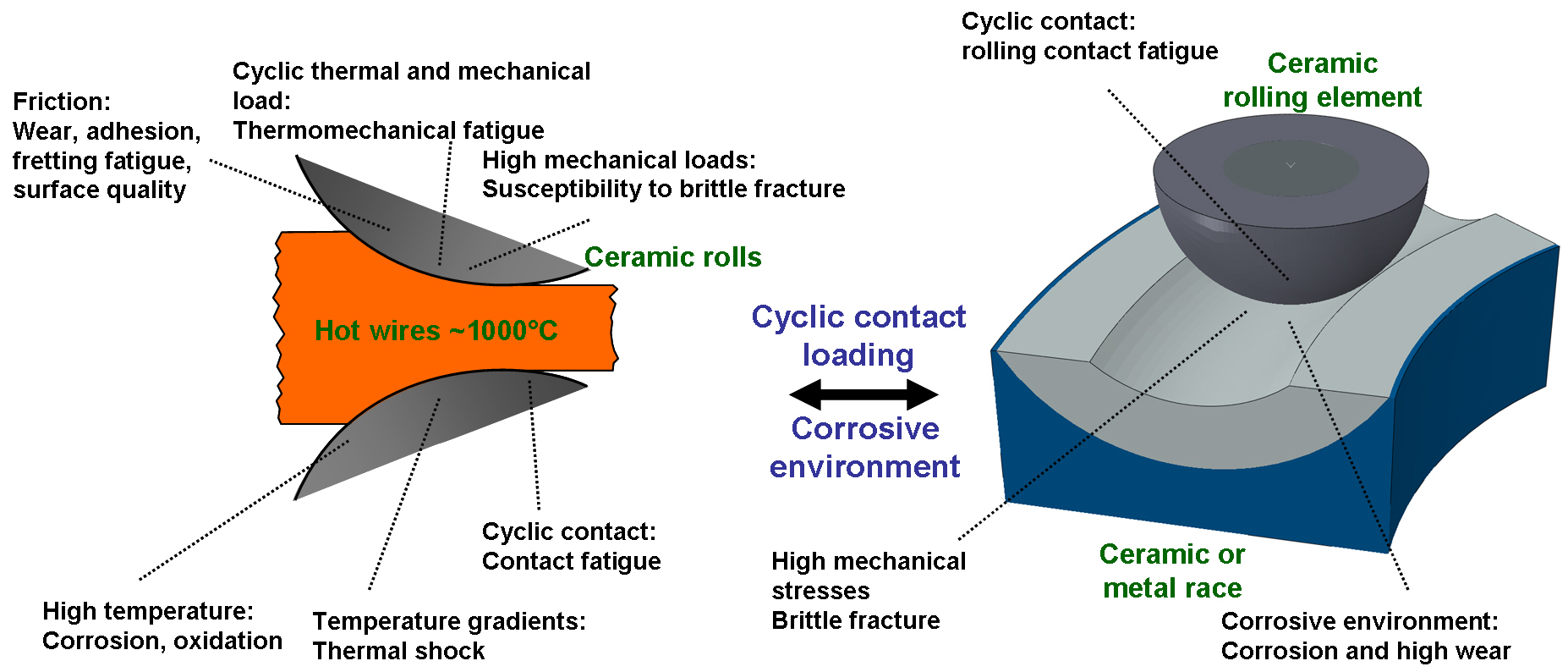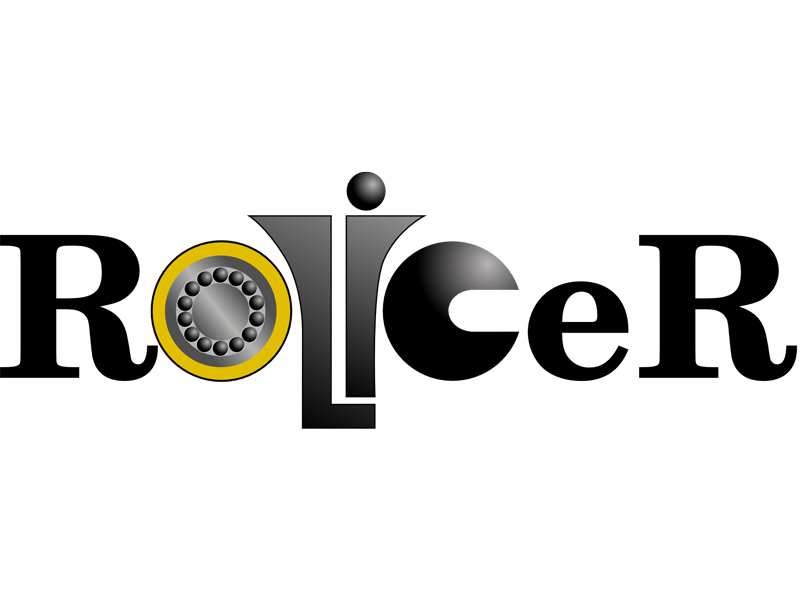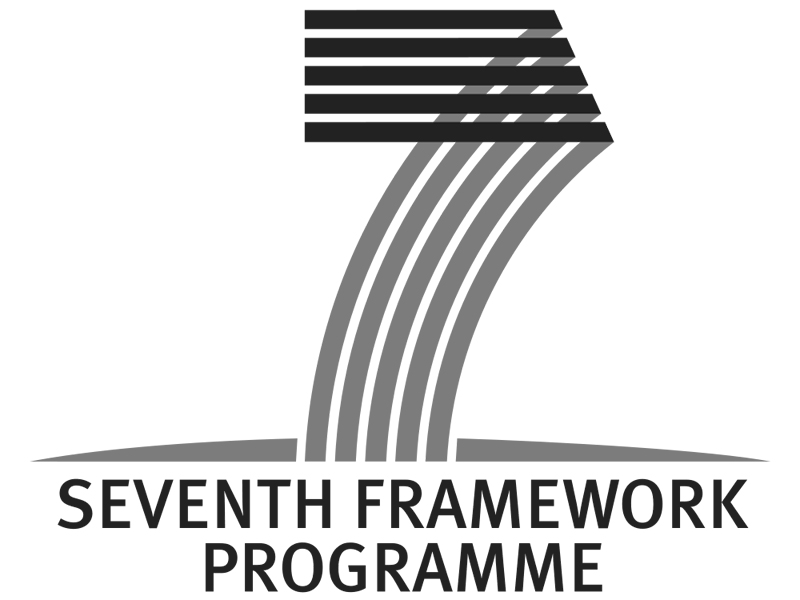The main objective is to construct a knowledge-based system for advanced ceramic materials to bridge the gap in knowledge between the microstructural properties and degradation phenomena.
About ROLICER

Aims and Objectives
Quantification of the most relevant thermal, mechanical and tribological loads on the lifetime and degradation of the ceramic components under realistic loading conditions
Achieving a better understanding of the nature of chemical adhesion between ceramics and metals and studying the effects of stresses on the adhesion and natural flaw evolution in ceramic materials
Ensuring realistic lifetime predictions based on analyses which couple realistic loading conditions, microstructural information and degradation mechanisms
Designing structural polycrystalline ceramic materials with superior performance and enhanced functionality for future emerging and demanding applications
Approach
Modeling the damage nucleation, evolution and crack growth behavior in the ceramic materials based on realistic thermal and mechanical stress fields
Ensuring a »ceramic-friendly design« of the ceramic components, especially in rolling tools by reaching a design that minimizes critical thermomechanical and tribological stresses
Developing ceramic component prototypes and demonstrations that portray the materials functionality in real applications
Developing a comprehensive database addressing the most relevant degradation and damage mechanisms in order to reach optimal design and material combination resulting in fabricating components with improved lifetimes and products with superior quality
The Rolicer project is funded by FP7 under the call NMP.2010.2.5-1 - Nanosciences, Nanotechnologies, Materials and new Production Technologies with Grant agreement no: 263476.



 Fraunhofer Institute for Mechanics of Materials IWM
Fraunhofer Institute for Mechanics of Materials IWM